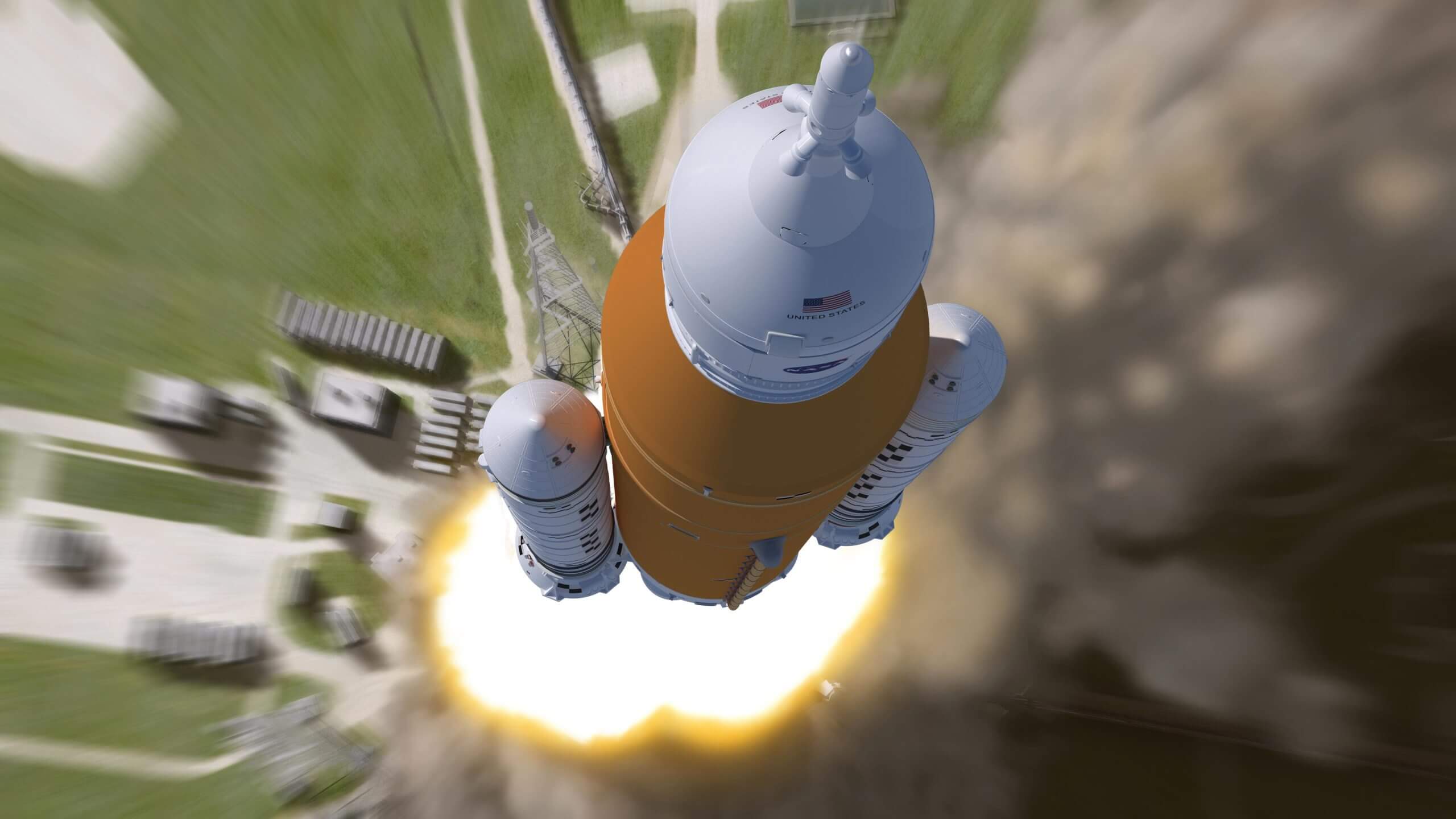NASA's scheduled launch date is now August 29 at 08:33 AM ET in a two-hour time window. If there is a successful launch on August 29, the mission will last approximately 42 days - until October 10

Crews are nearing the end of work on the rocket (SLS - Space Launch System in English) and the Orion spacecraft in the vehicle assembly building at NASA's Kennedy Space Center in Florida. This comes less than a month before the first launch attempt of NASA's Artemis 1 mission
The intended launch date for SLS Biddy is now no earlier than Monday August 29 at 08:33 EST (15:33 Israel time) in a two-hour time window. If there is a successful launch on August 29, the mission will last about 42 days and will return on Monday, October 10. The engineers continue to advance in operations that are done for the first time and are ready to learn and change while working. If more than one launch attempt is needed the teams have planned accordingly, with additional launch opportunities on September 2nd and 5th.
Engineers successfully connected the hydrogen pipe in the tail service mast when a hydrogen leak was detected during the last wet general return test. The connection was tested and no leaks were found in the ambient conditions in the vehicle assembly building. In the next step, technicians will perform additional tasks to return the part to its launch configuration.
The technicians finished installing the missile's flight batteries. As part of the operations to prepare the flight termination system, the engineers installed and tested the decoders of the core stage flight control receivers, and also tested the automatic destruction units of the solid fuel booster rockets. Work continues to complete the installation of the thermal protection system covers on the cryogenic propellant intermediate stage and the launch vehicle stage adapter. After the upper stage finishing works are completed, the crews will perform final flight tests. This includes removing access platforms and installing flight doors that will replace the ground support equipment covers on the core stage.
Crews are also replacing the inflatable gasket between the launcher's crew approach mobile arm and Orion's launch abort system after it sustained minor damage from severe weather while it was out in the wet general reentry tests. The seal prevents anything from the outside environment from entering the capsule. After the seal is replaced and tested, engineers will finish installing the remaining payloads inside the crew module before the launch system and Orion are driven back to the launch vehicle.
More of the topic in Hayadan:
- NASA wants to launch astronauts already on the first flight of the SLS heavy launch vehicle
- The Space Flight Center in Huntsville Alabama will be responsible for the development of the Artemis lunar lander
- Delivery service to the moon: Blue Origin offers to build a lander to deliver supplies to a manned base on the moon

One response
Sorry, I'm more looking forward to the series of space-X starship and super-huge re-orbit launches that will begin in the coming weeks.